
Saint-Tite is a town in the province of Quebec, Canada, north of Trois-Rivières, in the Mékinac Regional County Municipality (RCM) and in the Mauricie administrative region. In the 19th Century, the Batiscanie economy was mainly founded on forestry and agriculture. With many small businesses, Saint-Tite expanded through the production of leather goods and various types of shops. Saint-Tite became a capital of the region, especially concerning education, health and social services. Today, tourism counts as an important economic activity. Its chief industries were forestry, agriculture and leather goods production.
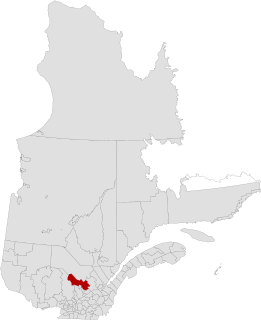
Mékinac is a regional county municipality (MRC) in the administrative region of Mauricie, in the province of Quebec, Canada. Its seat is Saint-Tite. It is composed of 10 municipalities and 4 unorganized territories.
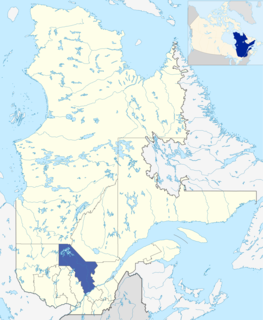
Mauricie is a traditional and current administrative region of Quebec. La Mauricie National Park is contained within the region, making it a prime tourist location. The region has a land area of 35,860.05 km² and a population of 266,112 residents as of the 2016 Census. Its largest cities are Trois-Rivières and Shawinigan.

Hérouxville is a parish municipality in the Mékinac Regional County Municipality in the administrative region of Mauricie, in the province of Quebec, Canada. Its watershed is mainly part of the Batiscanie.

Grandes-Piles is a village municipality in the Mauricie region of the province of Quebec in Canada.
Batiscanie is the watershed of the Batiscan River, located in the center of the province of Quebec, Canada, covering 4690 km² on the North Shore of the St. Lawrence River. The area covered by Batiscanie is 53% in the administrative région of Mauricie and 47% in the administrative region of the Capitale-Nationale.

Rivière des Envies is located in Canada, in the province of Quebec, in the Mauricie administrative region, in the Batiscanie. Rivière des Envies course 74 kilometres (46 mi) from the outlet of Lac-de-la-Traverse, located in row St-Joseph, Sainte-Thècle. This lake is fed by the outlet of Lake Aylwin, which in turn is fed by the discharge of Lake Jesuit.
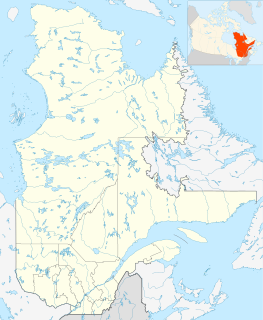
The zec Tawachiche is a zone d'exploitation contrôlée (zec) covering 318 km², of which 310 km² are located in Mékinac Regional County Municipality, in Mauricie, in the province of Quebec, in Canada. This zec is mainly located in the municipality of Lac-aux-Sables and in the non-organized territories of Lac-Masketsi and Lac-Lapeyrère. The zec territory is situated north of Sainte-Thècle and Saint-Tite. Located approximately 80 km north of Trois-Rivières, it is bordered to the east by Portneuf Wildlife Reserve.
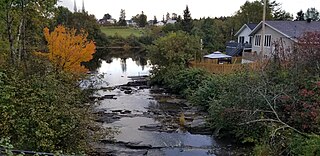
The Pierre-Paul River flows into the Mékinac Regional County Municipality, in the administrative area of the Mauricie, in the province of Quebec, Canada, through these three municipalities of the Batiscanie: Saint-Tite, Sainte-Thècle and Saint-Adelphe.

The Mékinac river is a located in the RCM Mekinac Regional County Municipality, in the administrative region of Mauricie, the province of Quebec, in Canada. This river of Middle Mauricie has played an important role in the forestry industry at the end of the 19th century.
The Little Mékinac North River flows from North to South, in three municipalities, in the region of Middle Mauricie, in administrative region of Mauricie, in Quebec, in Canada.

The Lake Archange is located at the boundary of Sainte-Thècle and Grandes-Piles, in the Mekinac Regional County Municipality, in Mauricie, in Quebec, Canada.
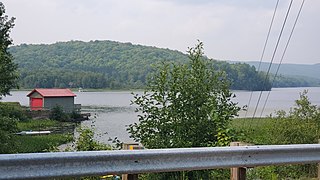
The Lake Traverse is located in the northern area of Sainte-Thècle, in the Mekinac Regional County Municipality, in the administrative region of Mauricie in the province of Quebec, Canada. Lake Traverse is part of the Batiscanie, Quebec. It is the head of Rivière des Envies which flows South into Saint-Tite.
The Lejeune Township is located in the MRC Mekinac Regional County Municipality, in Mauricie, Quebec, Canada.
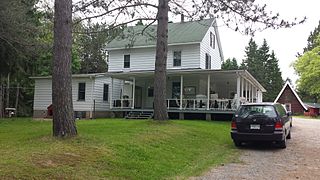
The Centre Tavibois is located in Hérouxville, in the Mékinac Regional County Municipality, in Mauricie, in Quebec, in Canada.

Lake Roberge is located in the municipality of Grandes-Piles, in the MRC Mekinac Regional County Municipality, in Mauricie, in Quebec, in Canada.
The former Lake Kapibouska was formed artificially by a bulge in the Rivière des Envies, in the city of Saint-Tite, in the Mekinac Regional County Municipality, in Mauricie, in Quebec, in Canada.
The hamlet Matawin River is located on the east bank of the Saint-Maurice River, in Trois-Rives, in Mékinac Regional County Municipality, in Mauricie, in Quebec, in Canada. In the past, Matawin River was a municipality. Today, the territory of Matawin hamlet is a sector incorporated to the municipality of Trois-Rives.
Mauricie tourism represents an important sector of the economy with some 1.2 to 1.5 million visitors each year who spend more than three million nights and spend some 200 to 300 million dollars per year in tourist attractions and services. In 2011, 90% of tourists in Mauricie are Quebecers; other tourists come from other Canadian provinces (3%), United States (2%) and other (4%).

The rivière Mékinac du Sud is a watercourse flowing in Grandes-Piles, Hérouxville and Saint-Tite, in the Mékinac Regional County Municipality (MRC), in the administrative region of Mauricie, in Quebec, in Canada.













